In the world of deep tech and connectivity, Rajeev Shah stands out as a founder who has not only built a company but also laid the groundwork for the future of work. His journey is a powerful lesson in vision, timing, and conviction, leading up to the founding of Celona.
Celona has secured funding from top-tier investors like DigitalBridge Ventures, Cervin Ventures, Aramco Ventures, and Lightspeed Venture Partners.
In this episode, you will learn:
- Rajeev Shah built Celona to bring private 5G networks to enterprises, addressing gaps Wi-Fi couldn’t solve.
- His early career at Aruba taught him the value of conviction when betting on future technologies like wireless.
- Celona was inspired and named after a pivotal conversation at Mobile World Congress in Barcelona.
- The company raised $135M by targeting top-tier VCs and using fundraising strategically to block out competition.
- Celona’s subscription-based model gives enterprises full control over secure, private networks.
- Real-world use cases, like safer operations in petrochemical plants, highlight Celona’s tangible impact.
- Rajeev’s top advice for founders: be patient and surround yourself with the right people at every stage.
SUBSCRIBE ON:
Keep in mind that storytelling is everything in fundraising. In this regard, for a winning pitch deck to help you, take a look at the template created by Peter Thiel, the Silicon Valley legend (see it here), which I recently covered. Thiel was the first angel investor in Facebook with a $500K check that turned into more than $1 billion in cash.
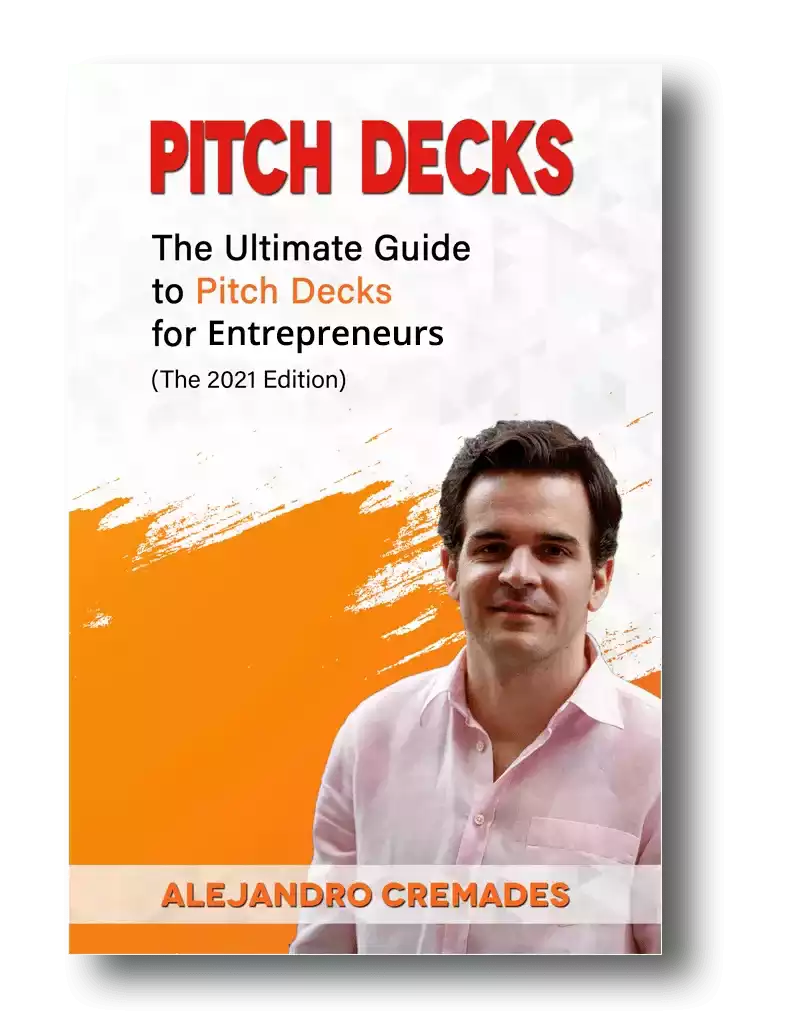
*FREE DOWNLOAD*
The Ultimate Guide To Pitch Decks
Remember to unlock for free the pitch deck template that founders worldwide are using to raise millions below.
About Rajeev Shah:
Rajeev Shah is the co-founder and CEO of Celona with a passion to bring a new generation of connectivity solutions to its customers in the enterprise. He brings nearly 2 decades of product management/marketing experience in enterprise Wi-Fi and service provider markets.
Before founding Celona, Rajeev was the VP of product management and marketing for Federated Wireless, a leader in the shared spectrum/CBRS space. In this role, he launched the industry’s first and leading Spectrum Access System, enabled the CBRS ecosystem while negotiating multiple major Tier 1 operator contracts.
Prior to Federated, Rajeev held multiple product management leadership positions at Aruba Networks, including creating its Cloud Wi-Fi business. He holds a M.S. degree in Computer Science from the University of Southern California.
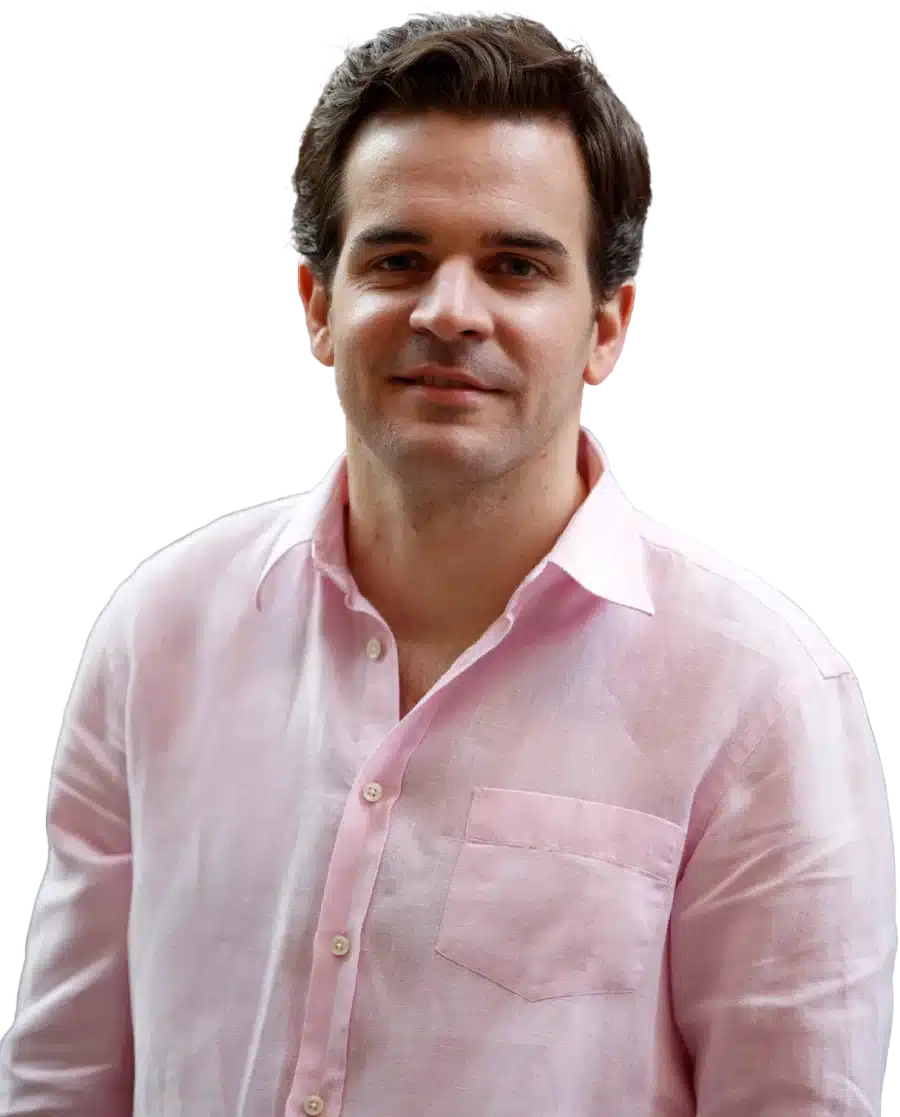
Raise Capital Smarter, Not Harder
- AI Investor Matching: Get instantly connected with the right investors
- Pitch & Financial Model Tools: Sharpen your story with battle-tested frameworks
- Proven Results: Founders are closing 3× faster using StartupFundraising.com
Connect with Rajeev Shah:
Read the Full Transcription of the Interview:
Alejandro Cremades: Alrighty, hello everyone, and welcome to the DealMaker Show. Today we have an amazing founder who has built quite the rocket ship. We’re going to be talking about raising capital, building a unique DNA for the business, and using fundraising as a competitive differentiator and advantage. In their case, they’ve raised over $135 million. We’ll also explore their ability to influence big markets—even as an early player. A super inspiring conversation ahead of us. Without further ado, let’s welcome our guest today, Rajeev Shah. Welcome to the show.
Rajeev Shah: Thank you. Thank you, Alejandro. A pleasure. Thank you for the opportunity to be here.
Alejandro Cremades: So, born and raised in India. How was life growing up over there?
Rajeev Shah: Fantastic. It was an interesting time in the 80s and 90s to grow up in India. It really prepares you for life in Silicon Valley because tech had just made its way there. The personal computer was brand new. A lot of us were seeing it for the first time—it was like seeing the future, even though for other parts of the world, it was already there. So, it was a fun time to grow up there.
Alejandro Cremades: You studied computer science and eventually came to the U.S. for your master’s. Why the U.S.? What was the deal?
Rajeev Shah: I think the lure of innovation—especially in computer science—just made this feel like the natural place to come. It was also, candidly, a very fashionable thing to do in the late 90s. A lot of engineers from India knew that future careers would be built here, where the big internet boom was happening. So, you wanted to be in the midst of the action.
Alejandro Cremades: What was it like to experience the boom and the bust? Right after your master’s, you joined a telecom company that had to shut down during the downturn.
Rajeev Shah: It’s one of those experiences that shape you for life. When we were finishing up our master’s, the telecom boom was at its absolute peak. Even as students, we could feel the effects. We were getting recruited by all kinds of companies—small and big—with great packages. Reading the news these days about AI companies and the war for talent feels familiar. We went through a version of that in the telecom industry in the late 90s. Back then, networking engineers were the valued talent—just like AI engineers today.
We all had our preferences. Some friends wanted startups, others aimed for big companies like Cisco and Juniper. In December 2000, we accepted job offers, finished our degrees, and went home for a two- or three-week break. Then we started getting messages: it’s all melting down, companies are shutting down, people are being laid off. We were told to check if our job still existed.
As a fresh grad, I was frantically calling people asking if everything was okay. In my case, the company was still doing well when I joined. But a year later, they ran out of money and shut down. You experience the highs and lows in a very short span, especially as a young person. A fascinating learning experience—one that many of us carry into every hype cycle that’s come since in Silicon Valley.
Alejandro Cremades: No kidding. You continued in the telecom space—you joined Aruba, which was quite the run. They eventually got acquired by HP. What was that experience like? And how was it being part of a transaction, even if not as a founder?
Rajeev Shah: It was incredible. Aruba has probably been the defining experience in my career. I joined as a very young, early engineer—I was one of the first 15 people in the company.
A few things stand out. Back in 2002, when we really started the journey at Aruba, Wi-Fi was not the common thing it is today. Most of us didn’t even have laptops. There were no iPads, no iPhones. You went into the office, sat at a desk, and worked on a massive personal computer and monitor.
The founders believed the future was wireless. It was a leap of faith for all of us. I remember pitching to a large bank in New York. Ten minutes into the presentation, the executive walked me out to the floor and said, “What do you see?” I said, “People working at desks.” He said, “Exactly. Do you see any laptops? No. I don’t want them moving around or taking data home. We will never do wireless here.”
That was 2003. And here we were, betting the company on a wireless future. It really tested your conviction. I give a lot of credit to our founders and management—people like Keerti Melkote and Dominic Orr—who held firm and said the future would happen. You don’t know when Apple will launch an iPad or MacBook Air, you just take a leap of faith.
That was Aruba: a lesson in keeping the faith. We went public in 2007. We experienced all the ups and downs of being a public company. Then in 2016, HP acquired us. From early-stage startup to IPO to acquisition, it was quite the journey.
Alejandro Cremades: So what happened after Aruba? You went to Federated Wireless before starting your own company.
Rajeev Shah: Yes. During my time at Aruba, I was fortunate that leadership recognized I thrived in early-stage, high-growth environments. I often worked on new product lines and business units. But once HP acquired Aruba, everything scaled 100x, and that wasn’t where I thrived.
So I began looking for new opportunities. With 15 years of enterprise wireless experience, I kept asking—why do enterprises only use Wi-Fi? Why not cellular technologies like 4G or 5G, which we all use in our personal lives?
There’s some “inside baseball” here: all wireless depends on spectrum. Wi-Fi spectrum has always been accessible to enterprises, but cellular spectrum wasn’t. Federated Wireless, along with the FCC, was working on an innovative model to open up spectrum to enterprises—a model no one else had tried globally.
I was drawn to that vision and joined to lead product and marketing. It was fascinating to watch it grow, and it laid the groundwork for launching Celona.
Alejandro Cremades: So let’s talk about Celona. How did the idea come about, and why did you decide to take action?
Rajeev Shah: The idea had been running in my head since 2016. There are places in the enterprise where Wi-Fi isn’t a great fit. Cellular networks could be better—but nobody had enabled that.
By 2019, customers—especially large industrial enterprises—were asking for it. They needed connectivity for manufacturing plants, refineries, warehouses, etc. But their only options were big telecom vendors like Nokia and Ericsson. No enterprise-focused company was addressing these needs.
We saw that demand was growing, but there was a supply gap. And we felt we had a uniquely positioned team with the right insights and capabilities to address it. So we founded Celona in 2019.
Alejandro Cremades: Amazing. For the people listening, what’s Celona’s business model? How do you make money?
Rajeev Shah: We make money by selling a combination of hardware and software in multi-year subscriptions. Let’s say you’re a logistics company with 100 warehouses needing private 5G coverage. You’d estimate how many radios are required.
Then we ask: do you want a three-year or five-year term? It’s priced per radio per term. Multiply that, and that’s your cost. It’s a simple model.
What enterprises love is the control. It’s their own network—full data access, privacy, and security. And it integrates tightly with how they operate today.
Alejandro Cremades: After years of working for others, launching your own company was a leap of faith. At what point did you feel you were onto something?
Rajeev Shah: Two conversations really confirmed it. One was with a customer at Mobile World Congress in Barcelona, one of the biggest telecom conferences. My now-CTO and co-founder, Mehmet—who was at Qualcomm at the time—described our concept to a large logistics enterprise…
Rajeev Shah: And they got very excited—to the extent that they brought back 20 more people from their team to listen and discuss. Their enthusiasm and desire to adopt this technology was very infectious.
Rajeev Shah: So honestly, that was the first conversation where both Mehmet and I said, “Okay, we are onto something. This is real. There is a market. There is a massive opportunity. And we really have an interesting winning idea on our hands.”
Rajeev Shah: Actually, funny anecdote—an interesting anecdote—is that we named the company Celona in tribute to that conversation. It happened in Barcelona, which, by the way, is also one of my favorite cities in the world.
Rajeev Shah: So we decided to name the company Celona in honor of that. That was a very critical conversation that really told us, “Okay, we are onto something.”
Rajeev Shah: The second similar thing was when I reached out to a mentor and advisor on the investment side—someone I candidly thought had retired.
Rajeev Shah: I reached out just to get his feedback. I didn’t bring PowerPoint slides. I didn’t have a pitch deck. I had nothing—just some ideas in my head. I walked up to him and described what I was thinking. For some things, we whiteboarded together. It was about a 45-minute meeting.
Rajeev Shah: As we were walking out, he said, “This is fantastic. Rajeev, I’ll send you a term sheet tonight.” And I said, “What do you mean, term sheet? I thought you were retired. I just came here to get your advice.” He said, “No, no, no—I’m sold. This is fantastic. Let’s go do this.”
Rajeev Shah: I think those are the two conversations—customer validation and investor validation—that told us we had something. These are ultimately the people whose faith you need to build something meaningful.
Alejandro Cremades: So you guys have raised $135 million. I know you view fundraising as a competitive differentiator. How so? Walk us through that—and the journey of raising all that money.
Rajeev Shah: Yeah, it’s a great question. Obviously, fundraising is critical because you need capital for product development, go-to-market, etc. But I think well-done fundraising can be more than just capital.
Rajeev Shah: In our case, once we concluded this was the market and the space we wanted to pursue, it became clear we weren’t building a run-of-the-mill SaaS company. In 2019, SaaS startups were popping up everywhere.
Rajeev Shah: But hardware-based, telecom, deep tech companies? Those were rare. So we decided to treat fundraising as a way to block out competition.
Rajeev Shah: We looked at the entire Silicon Valley tier-one VC landscape and asked: “What’s the small group of VCs who still invest in this type of product and market?”
Rajeev Shah: And candidly, when you’re doing something uncommon, that list becomes very small. There were probably fewer than 10 tier-one VCs willing to take a chance on something like this.
Rajeev Shah: So we said, “Let’s try to get the absolute best three right out of the gate and not leave room for others.”
Rajeev Shah: There was an opportunity to raise a smaller round with less dilution and delay having all three VCs on the board.
Rajeev Shah: But we consciously said, “No, we’re going to take the extra dilution now.” Because in 18–24 months, when the idea becomes obvious to others, they won’t have access to those investors.
Rajeev Shah: That has been a very big part of where we are today. Six years after starting the company, we’ve raised $135 million in a growing market.
Rajeev Shah: And believe it or not, this is such a rare thing in Silicon Valley: not a single company has raised anything close to what we have done. Think about that.
Rajeev Shah: Even with Uber, there was Lyft. Every big company has a comparable peer. But in our case, we’ve become the asset that blocked out everyone else. That was very intentional.
Rajeev Shah: In Series B, C, and beyond, we doubled down on raising from strategic funds.
Rajeev Shah: We looked for ways to get go-to-market leverage with every fundraising round. In the first round, we had three great investors and fantastic board members.
Rajeev Shah: After that, we focused on partners who could give us outsized go-to-market leverage. For example, in Series B, our round was led by a VC that helped us form a close relationship with NTT—a global organization.
Rajeev Shah: Most companies our size wouldn’t get access to something that large. But we were able to scale quickly, land a global partner, reach Fortune 100 companies, and build a go-to-market model far ahead of our time.
Rajeev Shah: So we’ve always viewed fundraising as a way to extend our lead over anyone coming close—and that’s something we think about very consciously.
Alejandro Cremades: I love when you say “far ahead of our time.” I want to double click on that. Everyone you’ve onboarded—investors, customers, employees—they’re all betting on a vision. So if you were to go to sleep tonight and wake up in a world where Celona’s vision is fully realized, what does that world look like?
Rajeev Shah: It looks like a world where a lot of what’s happening today is happening even faster. There are big industrial markets where work is still very analog, manual, and unsafe.
Rajeev Shah: People are still using paper and pen. They’re doing heavy, manual labor.
Rajeev Shah: If our vision comes true, humans and machines will coexist in a highly productive way—improving safety, enhancing work experiences, and keeping people out of harm’s way.
Rajeev Shah: People will move from mundane, paper-and-pen tasks to creative work on digital machines—with delightful experiences.
Rajeev Shah: I’ll give you a concrete example. One of our large petrochemical refinery customers uses our product in their refineries.
Rajeev Shah: Before they adopted our solution, we visited their site for a kickoff meeting. It was in Houston—in summer. About 105°F with 95% humidity.
Rajeev Shah: We were all wearing safety suits, and I can tell you, I’ve never sweated so much in my life. That was everyday life for their workers.
Rajeev Shah: Before our network, if someone had to do maintenance, they would take a golf cart going 10–15 mph, walk miles to the site, take notes with pen and paper, return to a central office, do data entry, and—if there was a mistake—repeat the whole process.
Rajeev Shah: With our network, the vision is: workers have a handheld device, Bluetooth headset, safety sensors, and can speak to an AI agent to do the work in real time.
Rajeev Shah: Not just data entry, but analysis, action, and completion—all on the spot.
Rajeev Shah: It’s faster, safer, and more comfortable. The safety sensors can detect exposure to hazardous gases, aggregate data across the team, and guide people away from danger based on wind direction.
Rajeev Shah: Today, a single alarm might send someone into more danger. With our solution, there’s intelligence to guide them to safety.
Rajeev Shah: That’s what excites and inspires us. We’re building a new intelligence layer that will make work safer, more productive, and more delightful.
Rajeev Shah: And this applies to so many places—refineries, manufacturing plants, warehouses. We’re all clicking away on Amazon Prime Day, but behind the scenes, it’s grueling work.
Rajeev Shah: If we can improve that, it’s a huge win. At Celona, we’re a bunch of wireless geeks.
Rajeev Shah: We look at big trends—AI, robotics, automation—and ask: what’s needed at the wireless level to enable that?
Rajeev Shah: That’s our layer. I believe everyone has a role in their swim lane.
Rajeev Shah: Ours is building the wireless infrastructure—the roads—so others can build the cars, whether they’re AI chatbots or robots. But someone has to build the roads.
Alejandro Cremades: My God—the level of clarity into the future is really remarkable, Rajeev. But I want to talk about the past now with a lens of reflection. Let’s say I bring you back in time to the moment you gave notice at Federated Wireless. You’re walking out of HQ and get the chance to stop your younger self. What’s the one piece of advice you’d give before launching the business, and why?
Rajeev Shah: The number one piece of advice I’d give is: be a little more patient. Everything takes longer than you think it will.
Rajeev Shah: And the extra time is worth it. When you start a company, there’s urgency and desperation—and you don’t want to lose that—
Rajeev Shah: But you should temper it with a bit more patience. That’s the number one thing I’d tell myself.
Rajeev Shah: The second thing I’d remind myself—something I think we’ve done decently at Celona, but still worth repeating—is that success or failure comes down to people.
Rajeev Shah: Strategy can be overrated. Fundraising is important. But in the end, it’s about the people—your co-founders, your team, your board.
Rajeev Shah: Those are the two big things I’d remind myself.
Alejandro Cremades: I love it. Rajeev, for people listening who’d love to reach out and say hi, what’s the best way to do that?
Rajeev Shah: I’m an old-school email guy. Email is the easiest way: ra****@****na.io.
Rajeev Shah: I tell everyone—inside and outside the company—to have a 24-hour SLA on email. I try to stick to it.
Rajeev Shah: Feel free to reach out that way or connect on LinkedIn. I always love networking and learning from smart people—usually much smarter than me.
Alejandro Cremades: Amazing. Rajeev, thank you so much for being on the DealMakers Show today. It’s been an absolute honor.
Rajeev Shah: Thank you so much. It’s been a pleasure. Thank you for giving us this platform.
*****
If you like the show, make sure that you hit that subscribe button. If you can leave a review as well, that would be fantastic. And if you got any value either from this episode or from the show itself, share it with a friend. Perhaps they will also appreciate it. Also, remember, if you need any help, whether it is with your fundraising efforts or with selling your business, you can reach me at al*******@**************rs.com
Podcast: Play in new window | Download
Subscribe: Apple Podcasts | Spotify | TuneIn | RSS | More

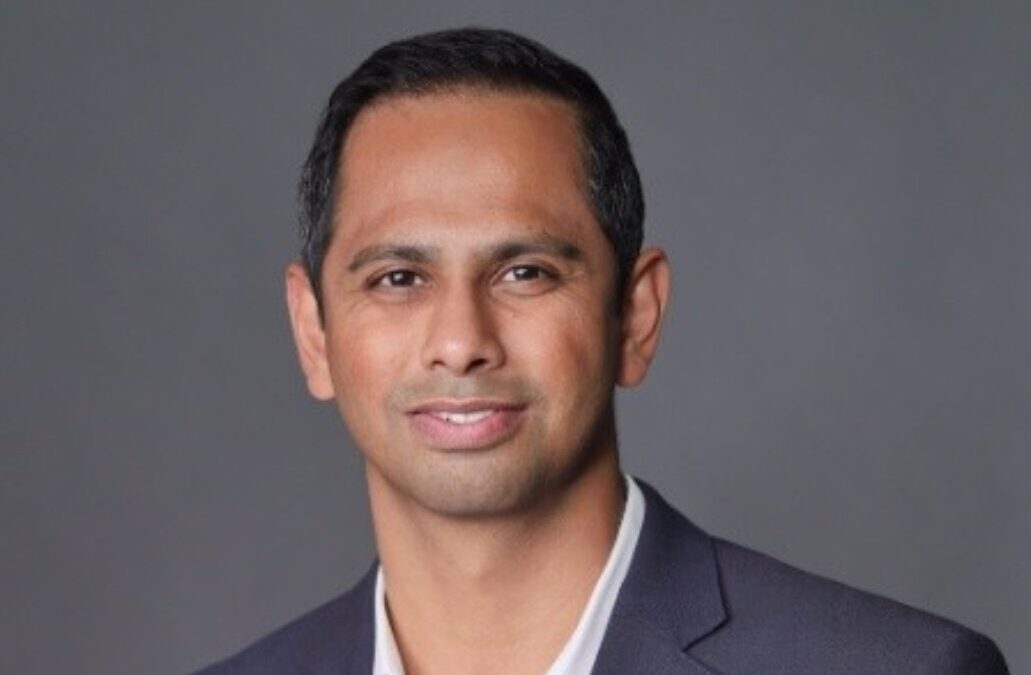
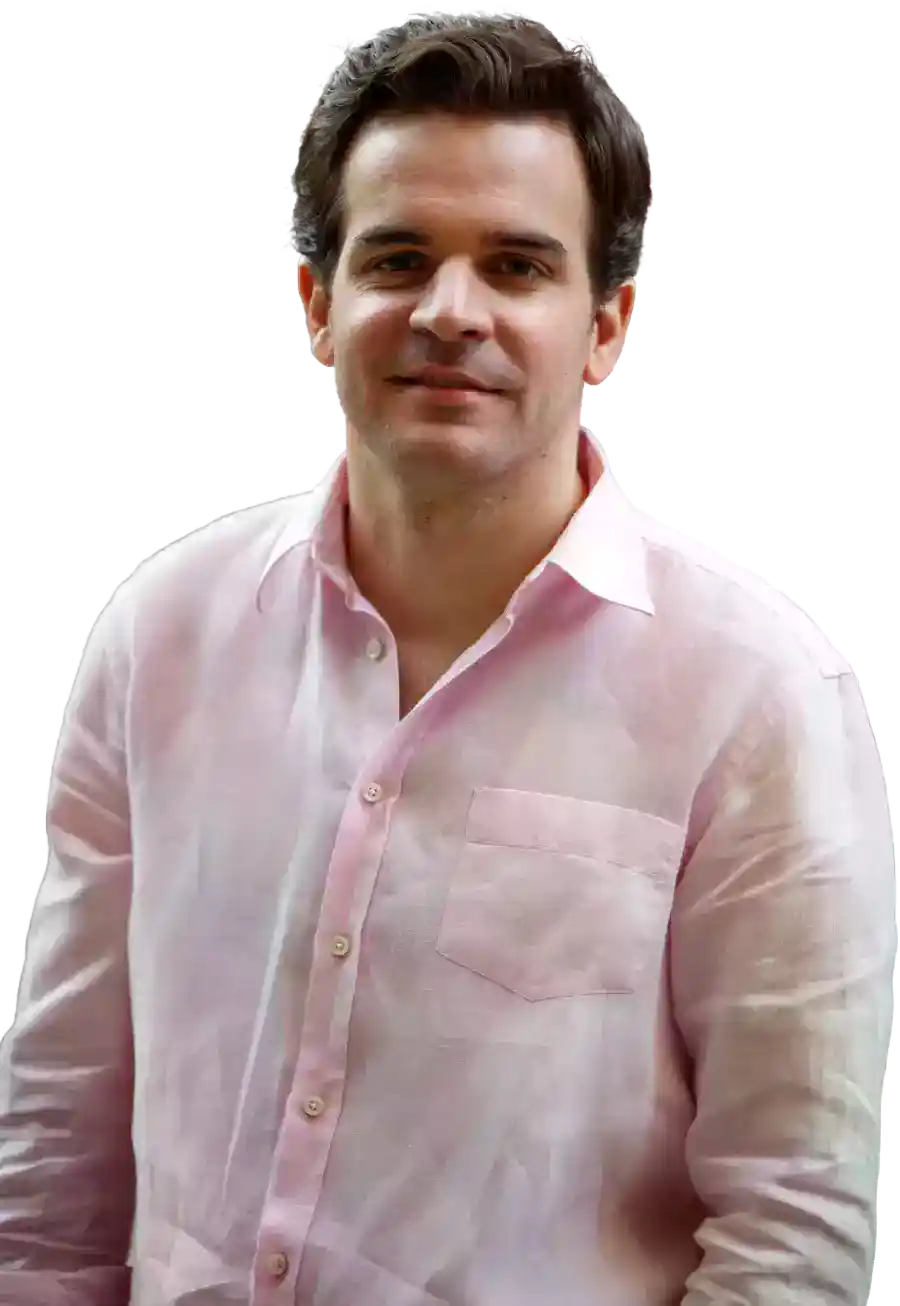

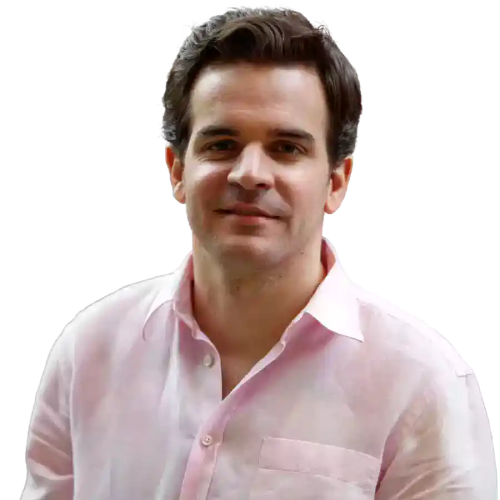
Facebook Comments